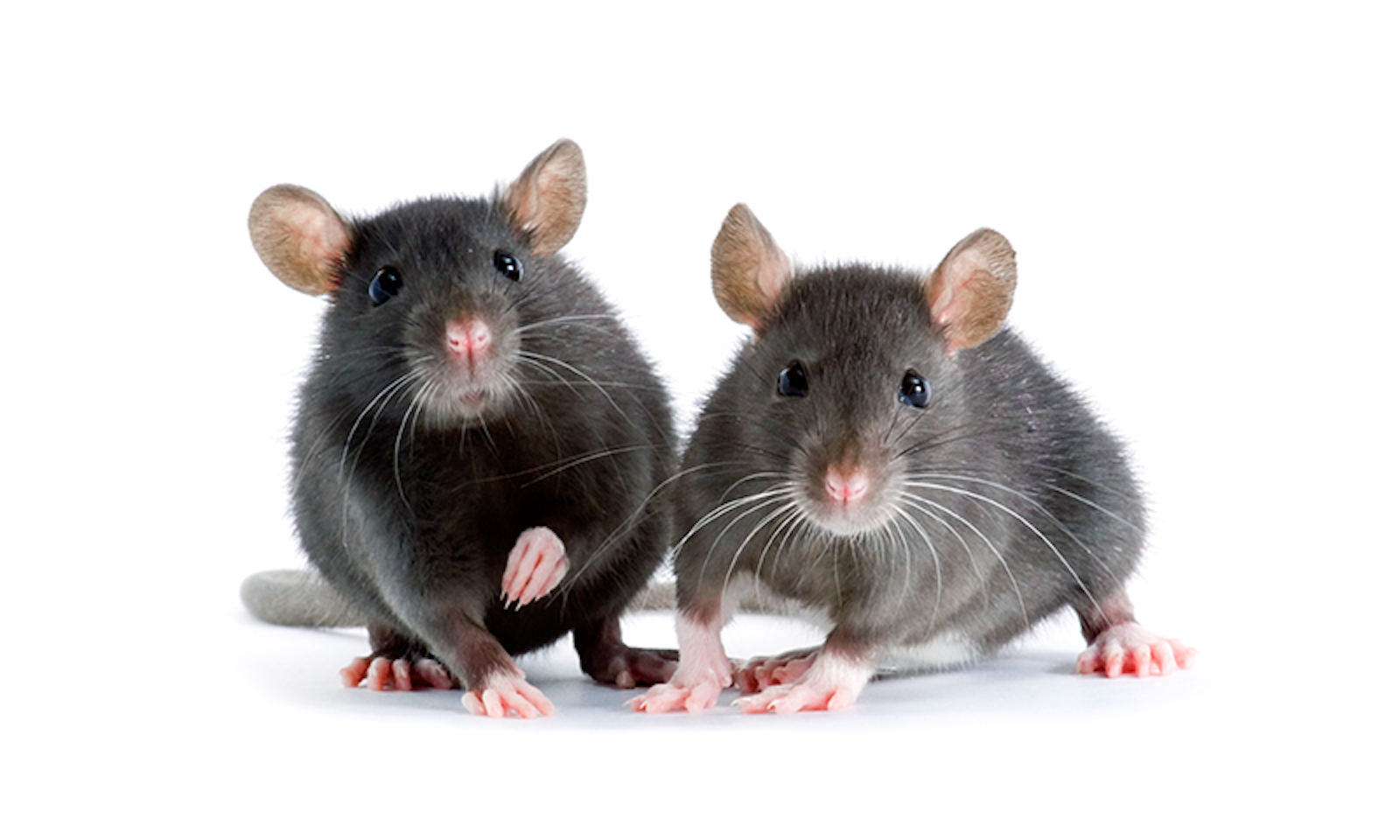Hormonal: It’s shorthand for erratic, volatile, unpredictable female behavior. It’s such a powerful sex stereotype that even lab rats could not escape its reach. For decades, behavioral neuroscience excluded female mice because they assumed estrus cycles made them too inconsistent to study. But the scientists had no evidence to back this up—and over the past decade research has shown repeatedly that it’s wrong.
Then earlier this year, psychology researcher Rebecca M. Shanksy of Northeastern University and a team of colleagues published findings that suggested male mice may actually behave less predictably than females under certain conditions—and that individual personality plays a bigger role in behavior than sex or hormonal status, anyway. The news made a splash.
One of the deepest held stereotypes is that males are better at spatial learning.
We caught up with neuroendocrinologist Margaret McCarthy to talk about how hormones shape human behavior and stereotypes in scientific research. She’s the director for the program in neuroscience at the University of Maryland School of Medicine and her work has significantly advanced our understanding of sex differences and the brain.
Does neuroscience research over-emphasize the importance of female hormones to behavior?
Well, what Shanksy’s study showed is that we have to consider the importance of the individual to behavior more. Does individual personality just play a significant role in locomotive and spontaneous behavior, which is what Shanksy and her colleagues studied, or in other more motivated cognitive tasks like motor learning or fear responding or drug addiction where we talk about all of these sex differences? I would love to know.
Don’t get me wrong: Hormones are enormously powerful modulators of the brain and behavior. And that’s what I have devoted my career to, the field of neuroendocrinology. But if you look at a lens with a filter on it, you will always see the filter. One of the big beefs I have whenever I participate in large group manuscripts about the importance of sex differences is that everybody’s always focusing on this reproductive active adult. But humans live an enormous amount of our lives in a non-reproductive status—not just in post-menopause, but childhood, and there’s no steroid hormones around at that time. Then we have the reproductive years. But particularly in women, we can have another 30 years of life without high levels of circulating steroid hormones. We can have a completely different hormonal profile during lactation. But we always study this menstrual cycle female and high testosterone male. That’s the default.
Are other gender stereotypes baked into basic neuroscience research?
I would say that one of the deepest held stereotypes is that males are better at spatial learning. And a lot of that has to do with the use of the Morris Water maze, which is where the rat has to swim out to a platform to get out of the water. Studies have clearly demonstrated that stress is a huge component of the response, and if you remove the stress by allowing the animals to pre-condition to the pool, then females perform just as well as males. Also, males and females use different strategies, different cues. Females stick around the edges more, and that makes it take longer to get to the platform. Really, the dumbest thing you can do is swim straight out into open water to reach the platform. There could be sharks out there! So the females are smart. They stick to the edges and then they dart over to the platform.
Everybody’s always focusing on this reproductive active adult.
Now, fascinatingly, the first spatial learning tasks were designed way back in like the 1920s, and they had a whole lot of them, and they still do. There’s a task with eight-arm radial mazes. There’s another task that’s based on remembering where a food pellet is down a long corridor. There are others that are also about fear and recall. They put the rats on a large open platform with escape holes and task them to remember which one is a real escape and which one is a dead end. So there are all these different ways to test them on spatial learning. But back when they first designed all of these different tasks, there was only one that routinely showed a sex difference with males performing better. And that was the Morris Water maze, and it became the gold standard for spatial learning in rodents.
People use the test to examine the effects of traumatic brain injury, birth hypoxic injury, neuroinflammation, or any other cognitive impairment: You’ve been exposed to lead, or some other toxicant. I would love to see the kind of analysis that Shansky and colleagues did applied to exploration in the Morris Water maze.
How widespread is the exclusion of females in animal research?
Shansky and her colleagues noted in their paper that it’s really behavioral neuroscience where females were actively excluded. You can see it happen from the 1990s in the first studies about the synaptic plasticity in the hippocampus. But the field of immunology has been largely dominated by female mice. You can get more female mice in a cage, because the males fight, and so you save on your per diem. They just think, “Oh, it’s all the same.” It’s very funny. When sex as a biological variable first came out, I talked to my colleagues in the microbiology and immunology departments and I was telling them, “You’re gonna have to start thinking about male mice,” and they just hated it. One guy finally goes, “You don’t understand. The males are completely different.” ![]()
Lead image: Oleg Kozlov / Shutterstock
































